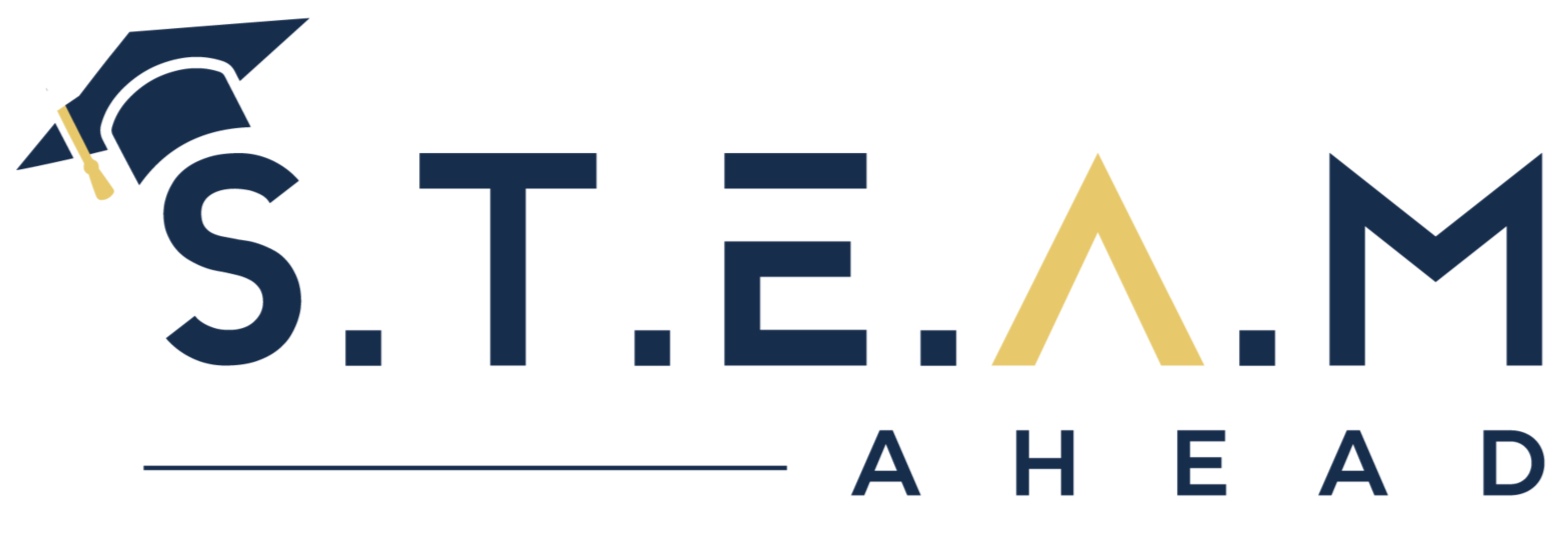5 Trends in STEAM Education You Shouldn’t Miss in 2024
As the world rapidly becomes more technology-driven, it’s hard not to wonder how the field of education will continue to evolve. Over the past year, we’ve seen a significant shift in the way Science, Technology, Engineering, Arts, and Math (STEAM) education is delivered, with a greater emphasis on hands-on, experiential learning. Looking ahead, experts predict that several trends will emerge that will further transform STEAM teaching and prepare students for the challenges of tomorrow.
1. Investing in Artificial Intelligence:
Artificial intelligence (AI) refers to machines' ability to do activities that normally require human intelligence. AI has become popular in education in recent years, as it has the potential to transform the way we teach and learn. Some examples of AI in education include intelligent tutoring systems that use algorithms and machine learning to provide personalized learning experiences to students and chatbots like ChatGPT.
It is anticipated that AI will continue to evolve and become increasingly sophisticated in the year 2024, particularly in education. To promote responsible usage of these technologies, the U.S. Department of Education released a report where they emphasized the importance of adopting a transparent and human-centered approach. They also highlighted the need for knowledge-sharing, engagement with educators and communities, and the development of technology plans and policies to ensure responsible and effective use of AI in education.
2. Implementing Social-Emotional Learning:
Photo by: CDC
Social-emotional learning (SEL) is not a new concept. For centuries, people have recognized the importance of developing skills to manage their emotions, build relationships, and make responsible decisions. However, it has only been in recent years that SEL has gained widespread attention in the education industry.
SEL is a way of being that helps individuals navigate life’s challenges in a healthy and productive way. It teaches skills such as communication, empathy, and self-awareness that are essential for success in both personal and professional relationships.
While many schools across the U.S. have implemented some form of SEL, there is still a long way to go to ensure all students have access to this type of education. Some schools may prioritize traditional academic subjects over SEL, while others may lack the resources or training necessary to effectively implement the program. However, as awareness of the benefits of SEL continues to grow, it is becoming increasingly recognized as an important part of a well-rounded education.
3. Integrating Immersive Reality:
Have you ever wished to explore a world beyond your imagination or wished to learn through interactive experiences without any physical barriers? Well, the integration of Augmented Reality (AR) and Virtual Reality (VR) technologies can make these wishes come true. AR superimposes computer-generated images into the user's view of the real world, while VR creates a virtual environment for the user to interact with. Initially, these technologies were limited to the entertainment industry, but now they have expanded into other industries, including education.
According to Statista, AR and VR are expected to receive a whopping investment of almost $4.1 billion in 2024, mainly for educational training and industrial maintenance. These technologies have the potential to enhance the learning experience and provide virtual experiences that overcome cost and distance barriers for students. Imagine learning science by exploring the human body in 3D or exploring history by visiting ancient civilizations virtually. The immersive capabilities of AR and VR make them compelling tools that could revolutionize the way we learn.
4. Exploring Nano Learning:
Nano-learning is a method of learning that involves short, bite-size lessons or modules designed to be completed quickly and easily. It caters to the learning preferences of modern learners who have shorter attention spans and prefer to consume information in small, easily digestible pieces. Nano-learning can take various forms, such as short videos, interactive quizzes, infographics, podcasts, and microblogs, among others.
Nano-learning has gained traction recently because it is flexible, accessible, cost-effective, and convenient for learners who prefer to use their mobile devices to access learning materials. As technology continues to advance, nano-learning is likely to become an increasingly popular and effective learning approach.
5. Accelerating Climate Change Education:
The world is facing a climate crisis, and the younger generation is starting to notice. With the increasing frequency of natural disasters and news coverage of climate change, young people are becoming more aware of the impact of a warming planet. The good news is that this generation is also interested in finding solutions.
UNESCO is taking a step towards mainstreaming climate education into schools and educational institutions with its development of a Green school quality standard and greening curriculum guidance. The aim is to ensure that 50% of schools are "greened" by 2030, thus promoting sustainable learning and raising awareness about the climate crisis. By incorporating climate education into school curriculums, young people can gain a better understanding of the challenges and potential solutions to climate change, and be equipped with the knowledge and skills to become the next generation of leaders who will drive change.
In summary, the future of STEAM education is promising, and there are exciting trends on the horizon for 2024. Staying up-to-date with these developments can help educators, students, and professionals position themselves to aid success in the future. So, get ready to embrace a part of the exciting future of STEAM education!
To learn more about STEAM Ahead, visit us at www.westeamahead.org





